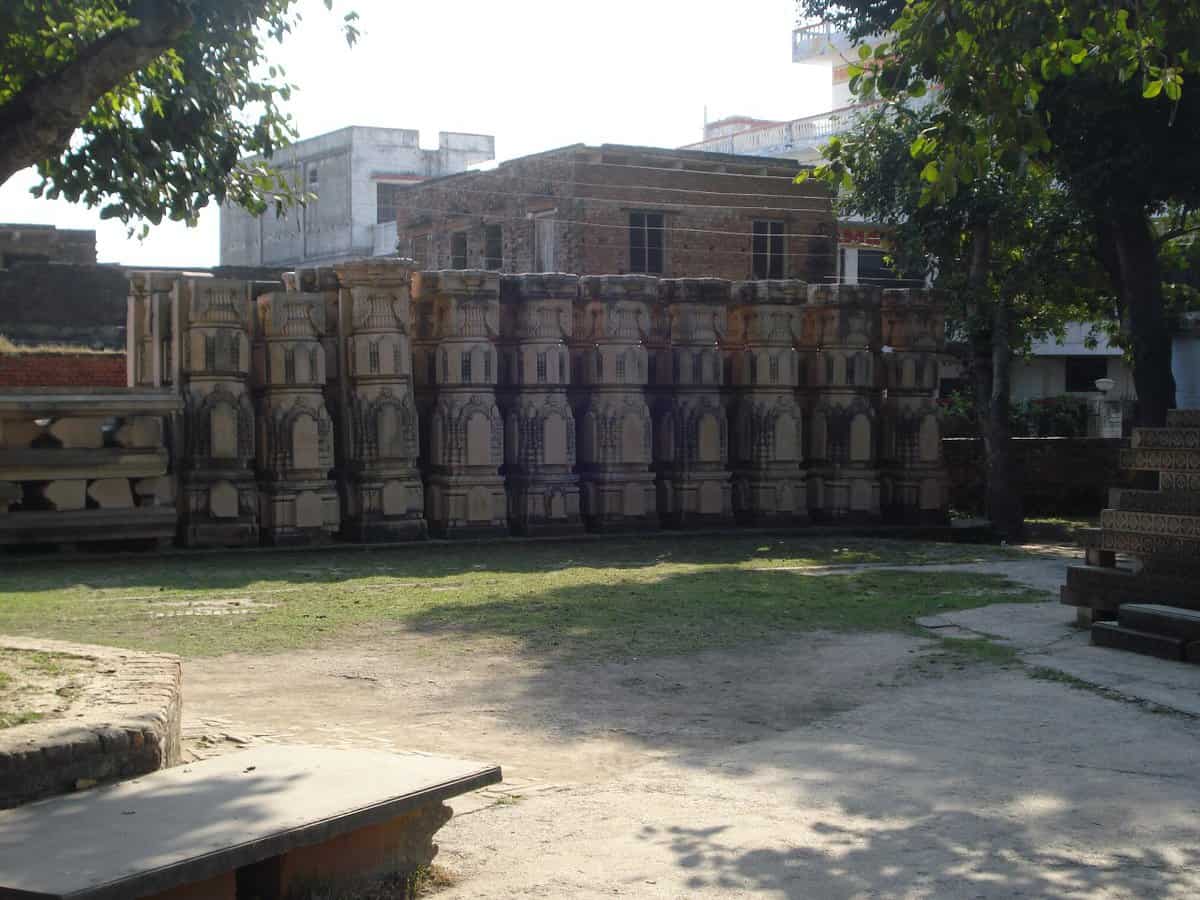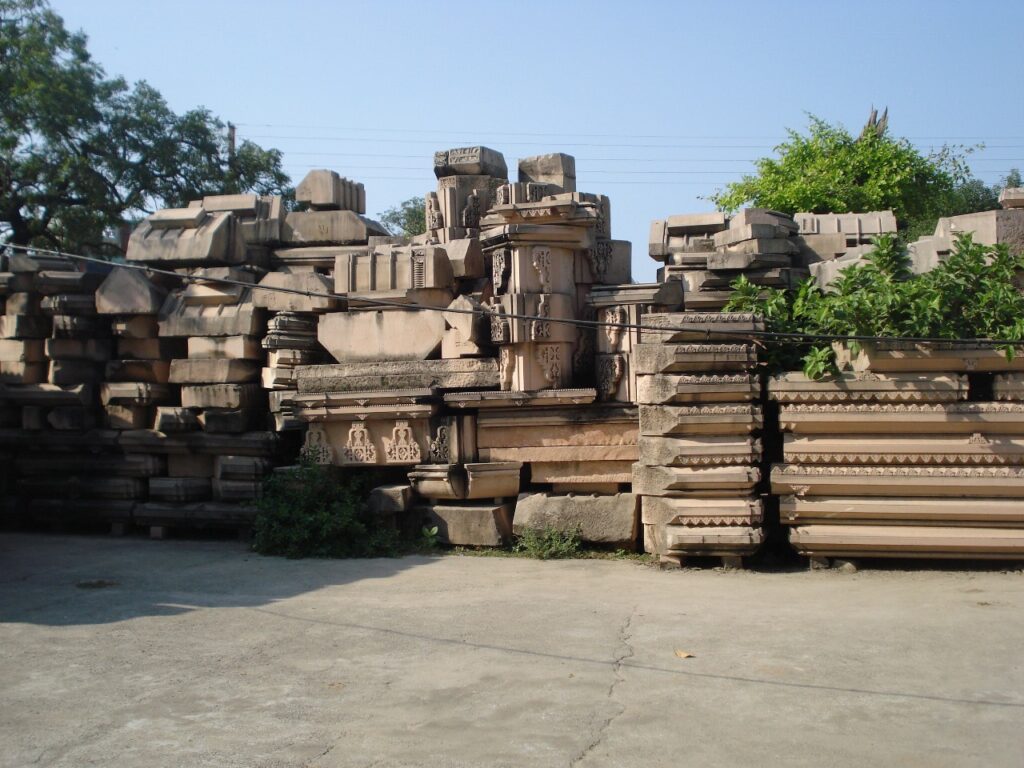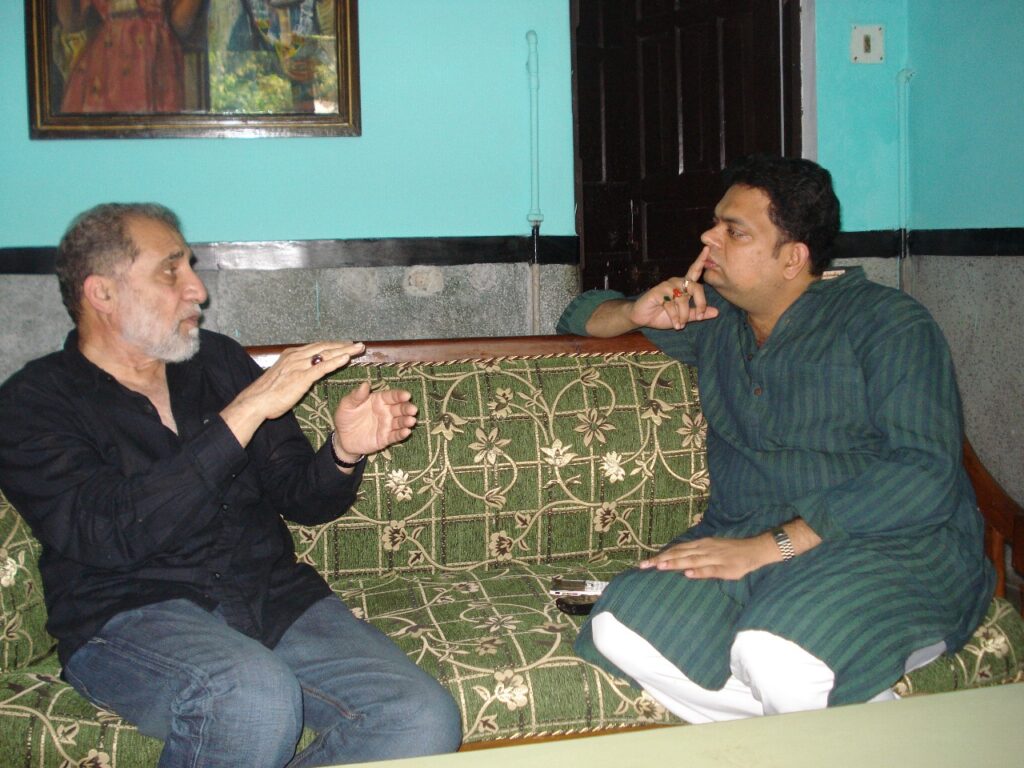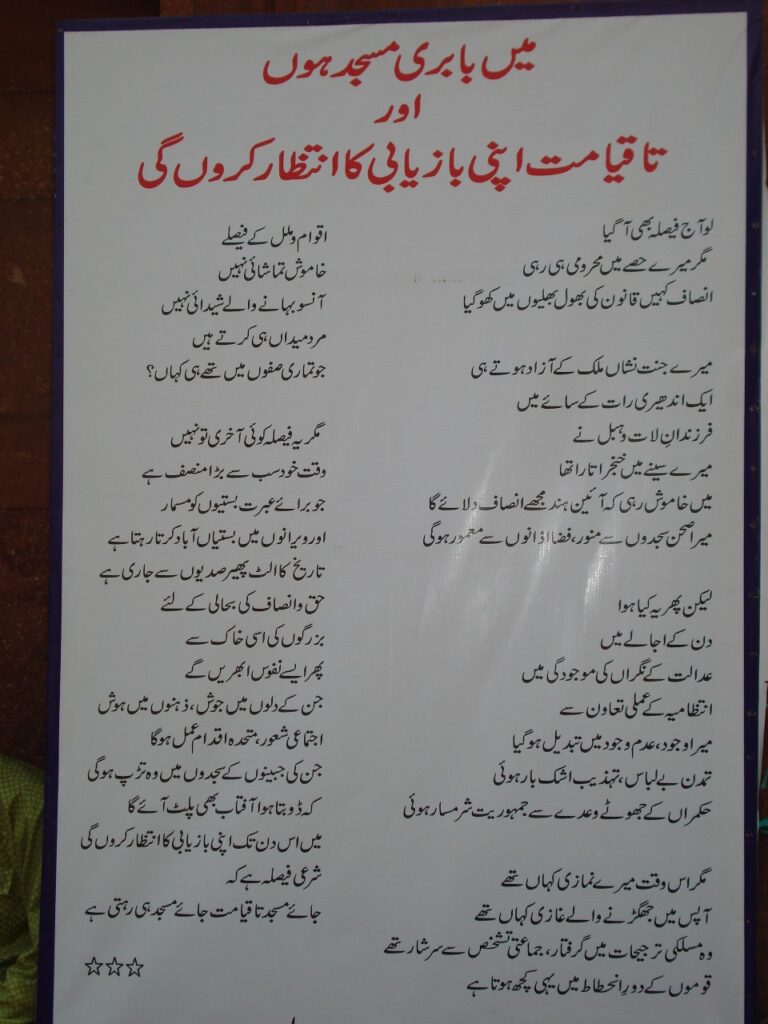
Lest the political fanfare and the changes in nomenclature and anachronistic happening on the eve of the Ram Mandir at Ayodhya create any amnesia and sense of deliberate unfamiliarity about the monstrous demolition of the Babri mosque on December 6, 1992, by karsevaks from all over the country charged- up by the passionate and vociferous call by L K Advani and Murli Manhor Joshi gathered in Ayodhya and the subsequent seminal developments climaxed by the much-heralded inauguration of the Ram Mandir over the ruins of the 16th century mosque on January 22 by Prime Minister Narendra Modi, who had travelled on that black day as a karsevak.
The following is a recollection of my visit to Ayodhya in November of 2010. Eighteen years after the debacle and few months after the September 30, 2010, Allahabad high court verdict (majority decision of 2:1) on Ayodhya distributing the 2.77 acre among three litigants, with 1/3 going to the ram lalla represented by Hindu Mahasabha. 1/3 going to the Uttar Pradesh Sunni Central Waqf Board and the remaining 1/3 to Nirmohi Akhara.

The town of Ayodhya then had over 53(fifty-three) mosques, 32( thirty-two) Muslim graveyards, 22 ( twenty-two) individual graves, three Mausoleums, three Imam-Baras ( shrine built by Shia Muslims to commemorate the martyrdom of Prophet grandson at Karbala), three shrines, and One Khanqah (hermitage), existential proof, of Ayodhya is not just, what the proponents of Hindutva and the propagators of Hindu, Hindi, Hindustan wants the world to believe.
This small town on the banks of river Ghagra, renamed Saryu, as in Ramayana, has a rich Muslim heritage, as well as discernible traces of Buddhist presence. I stayed two days in this small town about 6 km from Faizabad district in UP. At first, I was a bit scared, given the negative publicity in electronic media by drawing room commentators and the concern shown by friends and well-wishers that travelling to the controversial town immediately in the wake of the High Court Verdict was not a good idea.
My fears and those of my friends turned out to be unfounded. The town was cool and calm with people going about their daily chores. The people of Ayodhya, Hindus and Muslims are least concerned about the Masjid-Mandir issue. People I talked to show no discernible interest in whether the demolished Babri Mosque should be rebuilt or the gigantic Ram Mandir, as planned by the Sangh Parivar comes up.

Several Hindus and Muslims in this unkempt town of about 60,000 to 65,000 people, of whom about 10 per cent are Muslims expressed their concern for more schools, colleges, hospitals, clinics, family welfare centres, jobs, and better living conditions. Yitendra Sigh, the Crown Prince of Ayodhya son of Raja Bimlendra Mohan Pratap Singh whom I interviewed at his sprawling Palace when asked about the demolition of the mosque wished it should have never happened. He related several incidents of bonhomie between the Hindus and Muslims that he happened to witness while interacting with people in the market and bazaars. He also revealed that the number of Muslims in Ayodhya had gone up post-demolition from 5000 to about 7000. A simpleton with no airs of the royal past, clad in a striped, green kurta and white pyjama he took me around the sprawling palace, which he says would be converted into a heritage hotel.
Despite efforts, on my own, I could not reach anywhere near Ground Zero to have an eyeful of the Masjid’s debris and the makeshift Ram Temple. Arshad Khan, Faizabad PTI correspondent on coming to know about my presence in the town volunteered to take me to Ground Zero, but safety restrictions posts by the Provincial Constabulary in place hindered us from getting closer to the demolished mosque.

However, on day two I managed to sneak closer to the site with help from an influential Muslim gentleman, Ahsan Mehmood aka Guddu from a well-known family in Faizabad. The Indica Tata we were travelling was thoroughly checked by the Provincial constabulary before we were allowed into the area where one Shabeer Qureshi an ironsmith shop was about 100 to 150 yards close to Ground Zero providing a limited view of the makeshift temple and mounds of the debris of the mosque. But again, several CCTV cameras mounted at various places around the shop and backyard prevented me from taking pictures and even looking at the debris directly. Had I taken pictures or a hard look at the debris, Qureshi would be later questioned and interrogated. Only the mound of the debris and the flag atop the temporary temple could be seen. Qureshi’s house and 8 other houses were burnt down by Karsevaks on Dec 6th, 1992. However, Qureshi says he and his neighbours all Muslims were saved that night by local Hindus, from the marauding Karsevaks high on local hooch. Qureshi says, “We have nothing to fear from our neighbours, whatever happened that night and after was the work of Karsevaks from outside Ayodhya.” Karsevaks, say locals damaged and demolished 24 other un-disputed mosques, including the Masjid Do Rahi Kuan which is behind the demolished Babri mosque and to date has no roof over it. This mosque cannot be repaired as it is under the 67 acres acquired by the government post-Babri demolition and heavily fenced.
Karsevaks also attempted to desecrate many other Muslim graves and mosques, elsewhere in the town but were prevented and chased away by neighbouring Hindus. Qureshi is amazingly small in size but courageous enough to live the nightmare of December 6th and the following days as Karsevaks were given a free hand rampaging and terrorizing Muslims despite the President’s rule in place.

Surprisingly and contrary to the general belief I found so much of bonhomie and bonding between the two communities not only in Ayodhya but in Faizabad as well.
Ayodhya historically also known as Avadh, was a Muslim Capital once. The presence of sprawling graveyards, mosques and Muqbara. Many Sufi saints lived here and their graves and Khankhas (hermitage) are still found albeit not in prime condition (sources certified copy of Nazur and revenue records Ayodhya, provided by Khaliq Ahmed Khan, convener Hilal Committee Faizabad) Ayodhya Muslims also claim that Prophet Noa’h and Seesh (PBU)are buried in Ayodhya, and regular Fateh is held at their graves.



